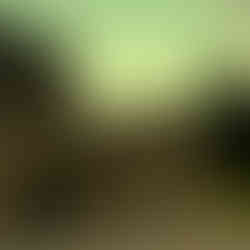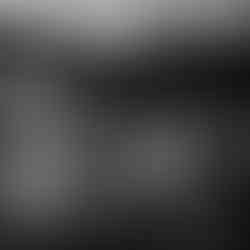Ireland, My Homeland
- By Brian Dunne
- Mar 12, 2017
- 3 min read
Ireland is my country of birth. I was raised there and left the day before my 20th birthday to pursue an athletic scholarship at a US university. It is still one of my favorite places to visit and photograph, especially the rugged west coast regions north and south of Shannon International Airport. Part of my childhood was spent living in Shannon where I could run free as a lamb along the banks of the Shannon river estuary. Most of the photography here however is from the Connemara region further north in the counties of Galway and Mayo. Connemara is a national park area which has many wonderful hikes over the grassy mountain and bogs. It is further bejeweled with wonderful unspoiled sea coves and beaches where you can share the sand and chew the cud with neighboring cows who might pay you a visit there on the strand. There are delightful cottages to rent near the coast also....you are always pretty near the coast anywhere in Connemara and in Ireland in general since the Island is a relatively small landmass with lots of incredible pristine coastal beaches and cliffs. Best for your wallet to stay in Bed and Breakfast there rather than Hotels. The pub grub is often quite good also and far more affordable than Hotel or stand alone restaurants. Feel free to contact me is you have questions about Ireland or tiny Northern Ireland which is a separate country under British connection on the same landmass.
Ireland has some very old Christian settlement sites (some pictured in the gallery). Growing up in Ireland we were led to believe that these very early sites were Roman Catholic settlements just like the many later catholic monasteries that dot the countryside. That is mainly because Catholicism claims to be the original Christian Religion stemming from Christ and Peter.... so naturally it will claim that early Christian figures like Patrick (after which the tradition of St Patrick's day stems) were Catholic missionaries. The truth however found in any honest historical investigation is that Catholicism took hundreds off years to emerge from the imperial Roman culture of conquest and dominance. The first bishop from Rome to attempt to make connection with the pagans and primitive Christian groups in Ireland found little success. Truly Biblical Christians, as some of the Irish were, found Catholicism and its power structure in conflict with the Biblical teachings of Jesus and the Bible itself. The Celtic Christian's at first refused to see the Pope as their head. The famous disciple of Columba (Celtic: Column Cille) spoke out against the extortion and avarice of the Roman bishops while he was a missionary in Northern Italy where he had the support of a local king. Irish Christians in general only saw Christ and His teachings as their head. They had among them the Biblical practice of keeping the 7th day of the week holy instead of the later introduced Roman Sunday or 1st Day because the Bible was their guide for worship. They were opposed to rule by violence and did not see it as a Christian practice to persecute or execute those who differed from their beliefs. Many Celtic Christians were slaughtered by the Papacy for refusing to accept its new hybridized doctrines which blended Roman paganism with Christian traditions. Later, due to major pressure from Rome, those who refused to compromise were driven to remote places or killed while those accepting Roman Catholicism were granted political rewards. A good book to read regarding this is the Celtic Church in Briton by Leslie Hardinge. It is now out of print but copies may still be found. Another is Truth Triumphant by B. J. Wilkinson. The best selling book The Great Controversy also mentions the pure faith of the Irish and it's battle with Roman domination.






































































































































































































































































































































































Comments